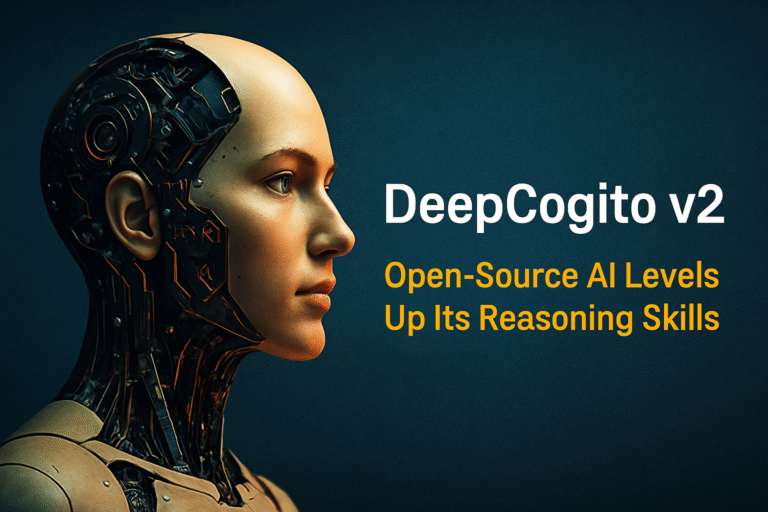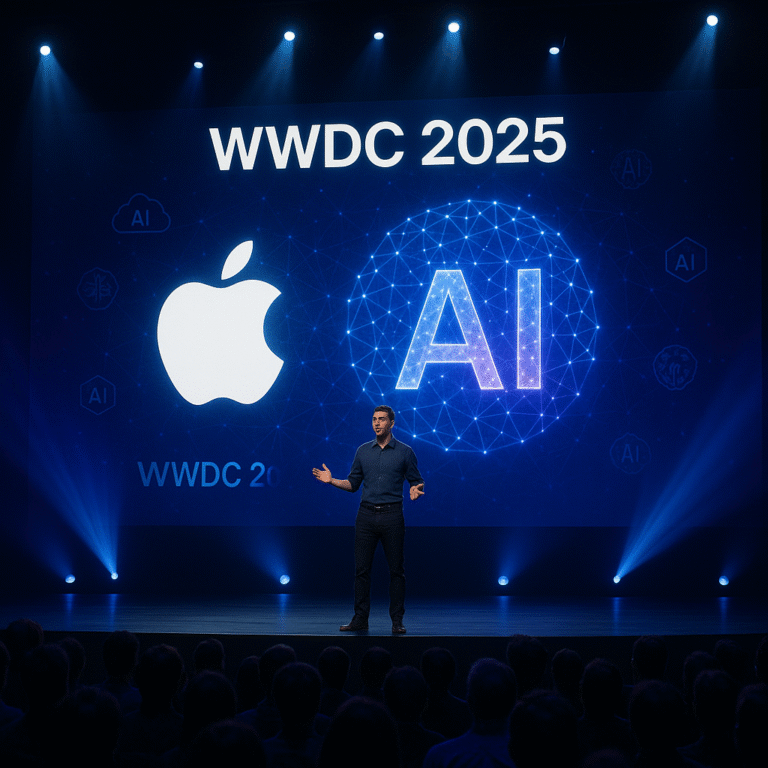
Artificial intelligence is revolutionizing industries, but is AI a threat to online security? With the rise of AI-powered cyberattacks, deepfake scams, and automated hacking tools, online safety is at greater risk than ever. Cybercriminals now exploit AI to create sophisticated threats that challenge traditional security measures.
This article explores how AI impacts cybersecurity, the risks it poses, and the best strategies to stay protected in an increasingly digital world.
How AI is Disrupting Online Security
AI plays a dual role in cybersecurity. On one hand, it enhances security by detecting and mitigating threats. On the other hand, it also enables cybercriminals to automate attacks, create deepfake content, and crack security defenses faster than ever before.
🔹 AI-Powered Cyber Threats – Hackers use AI to develop self-learning malware that adapts in real-time to evade detection.
🔹 Deepfake & Identity Theft – AI-generated deepfakes create highly convincing impersonations, increasing fraud and misinformation risks.
🔹 Automated Hacking Tools – AI can identify and exploit vulnerabilities in a matter of seconds, making digital security a constant challenge.
Even smart homes and IoT devices face risks due to AI vulnerabilities. Learn more about how AI is shaping the future of smart homes in our article: The Smart Device Revolution: What Will Homes of the Future Look Like?.
The Biggest AI Cybersecurity Threats
1. AI-Driven Phishing Attacks
AI-powered phishing attacks are now more personalized and difficult to detect. Hackers analyze user behavior to craft realistic phishing emails, tricking individuals into revealing sensitive information.
2. Deepfake Manipulation & Online Fraud
AI-generated deepfakes allow criminals to impersonate executives, public figures, or even personal contacts to deceive victims. These realistic videos and voice recordings increase the potential for financial fraud and misinformation.
3. AI-Powered Malware & Ransomware
AI-driven malware can modify itself to avoid detection by antivirus programs. Ransomware attacks have become more aggressive, encrypting files and demanding payments in cryptocurrency.
4. Social Engineering with AI
Hackers use AI to analyze social media profiles and craft highly convincing fake personas. These AI-generated profiles manipulate people into sharing private data or clicking on malicious links.
Cybercriminals are constantly evolving their techniques. As a result, businesses and individuals must adapt their security strategies to stay ahead of AI-driven threats.
How to Protect Yourself from AI Cyber Threats
🔹 Use Multi-Factor Authentication (MFA) – A strong second layer of security prevents unauthorized access.
🔹 Stay Alert for AI-Generated Scams – Phishing attacks powered by AI are more convincing than ever, so double-check suspicious messages.
🔹 Keep Software & Security Systems Updated – Frequent updates prevent hackers from exploiting known vulnerabilities.
🔹 Invest in AI-Driven Security Solutions – Advanced cybersecurity tools now use AI to detect and prevent cyber threats in real time.
🔹 Educate Yourself on AI Risks – Awareness is a powerful defense against AI-powered cyberattacks.
AI continues to reshape the digital landscape. Understanding its impact is essential for staying secure online. To explore AI’s broader implications, read: Understanding AI Basics and Future Implications.

Is AI a Danger to Online Security? Final Thoughts
So, is AI a threat to online security? The answer is complex. AI enhances cybersecurity but also empowers hackers with advanced tools. The best way to stay safe is to adopt strong security measures, stay informed about AI risks, and use AI-powered security solutions.
Cybersecurity must evolve alongside AI. Governments, businesses, and individuals must collaborate to mitigate AI-related security risks and build a safer digital future.
Are you ready to face the cybersecurity challenges of an AI-driven world? 🔒💡





